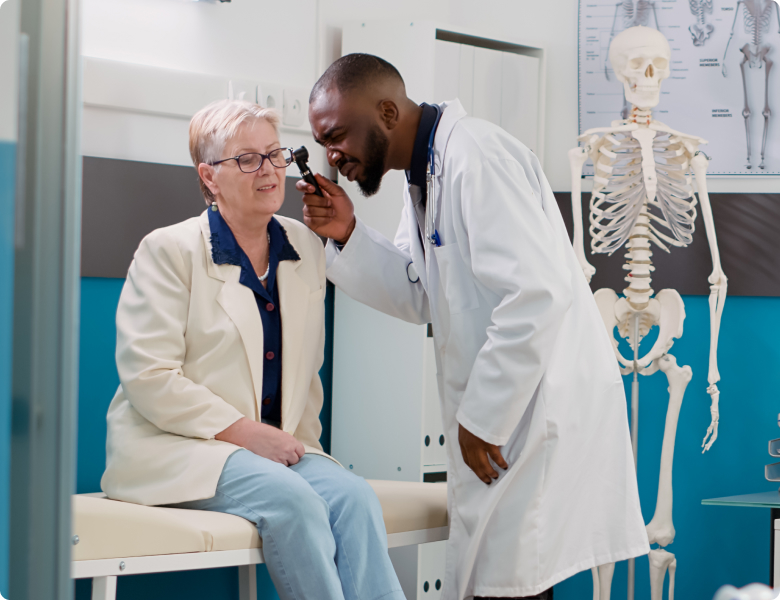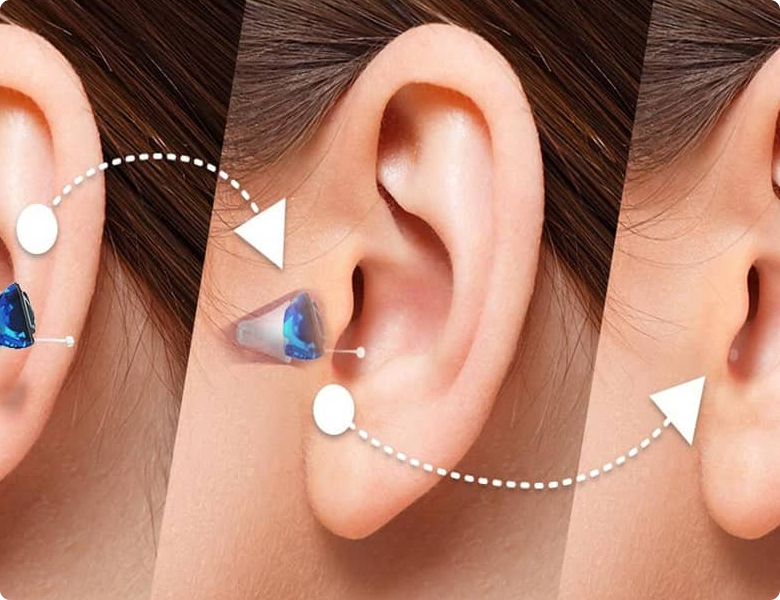

A successful hearing aid fitting is more than just selecting the correct device for your hearing needs. The hearing aids need to be properly fitted to your ears so that we provide the correct amount of amplification to maximize hearing aid benefit.
Prior to fitting the hearing aids, audiologist will conduct a thorough hearing test to measure the softest sound you can hear at different pitches and record the volume of sound that is uncomfortably loud for you. Based on these tests, your audiologist will know how much gain the hearing aid needs to provide in order to amplify soft sounds so they are audible and how much to compress loud sounds so that they are not uncomfortable.
At the hearing aid fitting appointment, audiologist will verify that the hearing aids are providing the correct amount of amplification by doing Real Ear Measures. Real Ear Measures allow the audiologist to know how loud sounds are in your ear canal. First, a thin tube will be inserted into your ear canal. This tube is connected to a microphone that will measure the volume of sound near your eardrum without any hearing aid device in your ear.

Next, your hearing aid will be inserted in your ear taking care not to move the probe tube microphone already in your ear canal. Once the hearing aid is turned on, audiologist will measure how loud the sound is at the output of your hearing aid in your ear. It is important for audiologist to play different volumes of sound from soft to very loud in order to verify that soft sounds are amplified so you can hear them, that moderate intensity sounds are amplified to a comfortable listening level, and that loud sounds are considered loud, but do not exceed your discomfort level. Proper verification of your hearing aid settings is integral to a successful hearing aid fitting. If these measures are not completed, then the audiologist will not know whether your hearing aids are programmed properly. Real Ear Measures ensure that you are getting the appropriate amount of amplification in accordance with the severity of your hearing loss. Once the hearing aids are programmed,audiologist will then review the care and maintenance of the hearing aids. Tasks, like inserting the hearing aids and changing the batteries, will be practiced in the office.